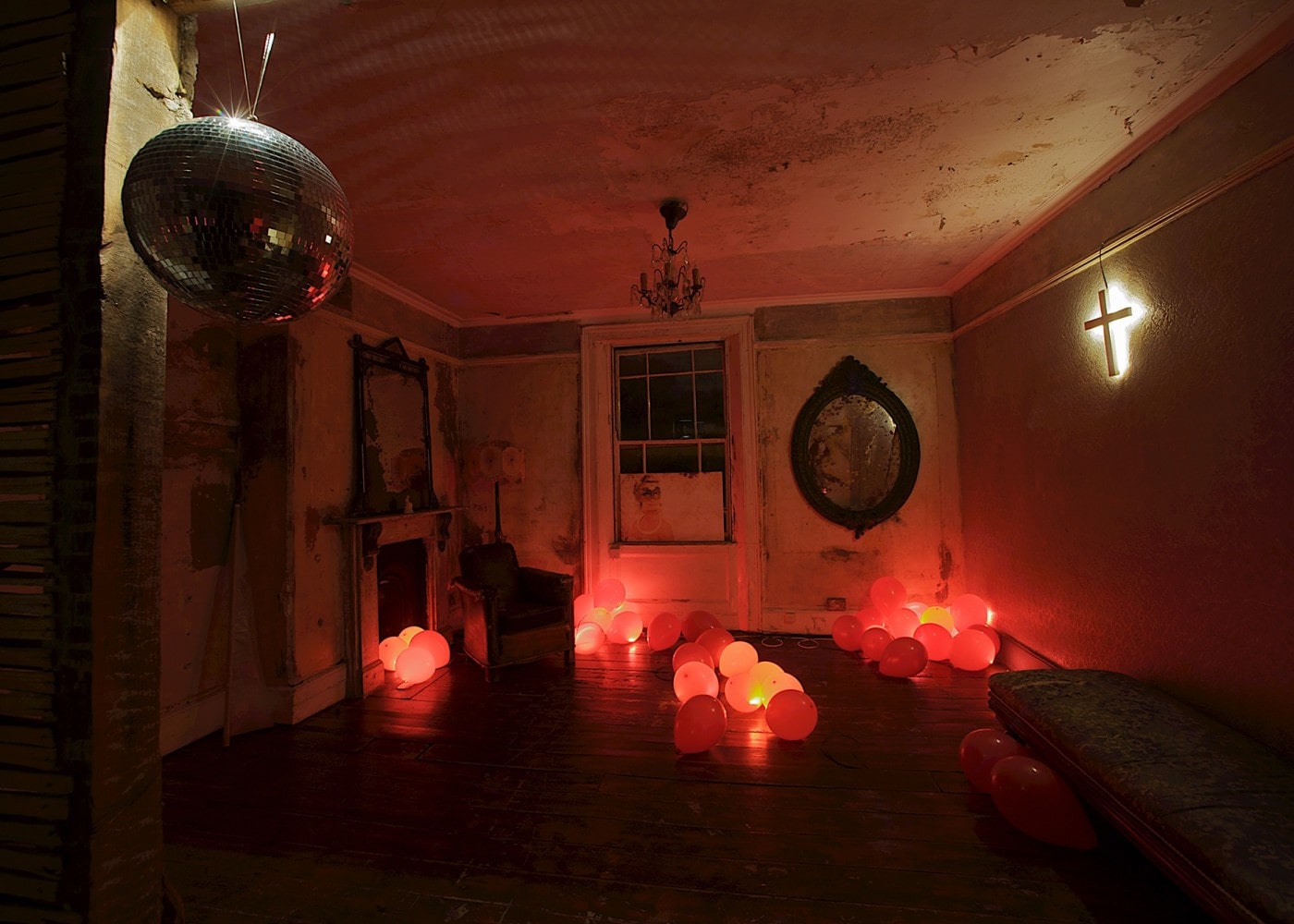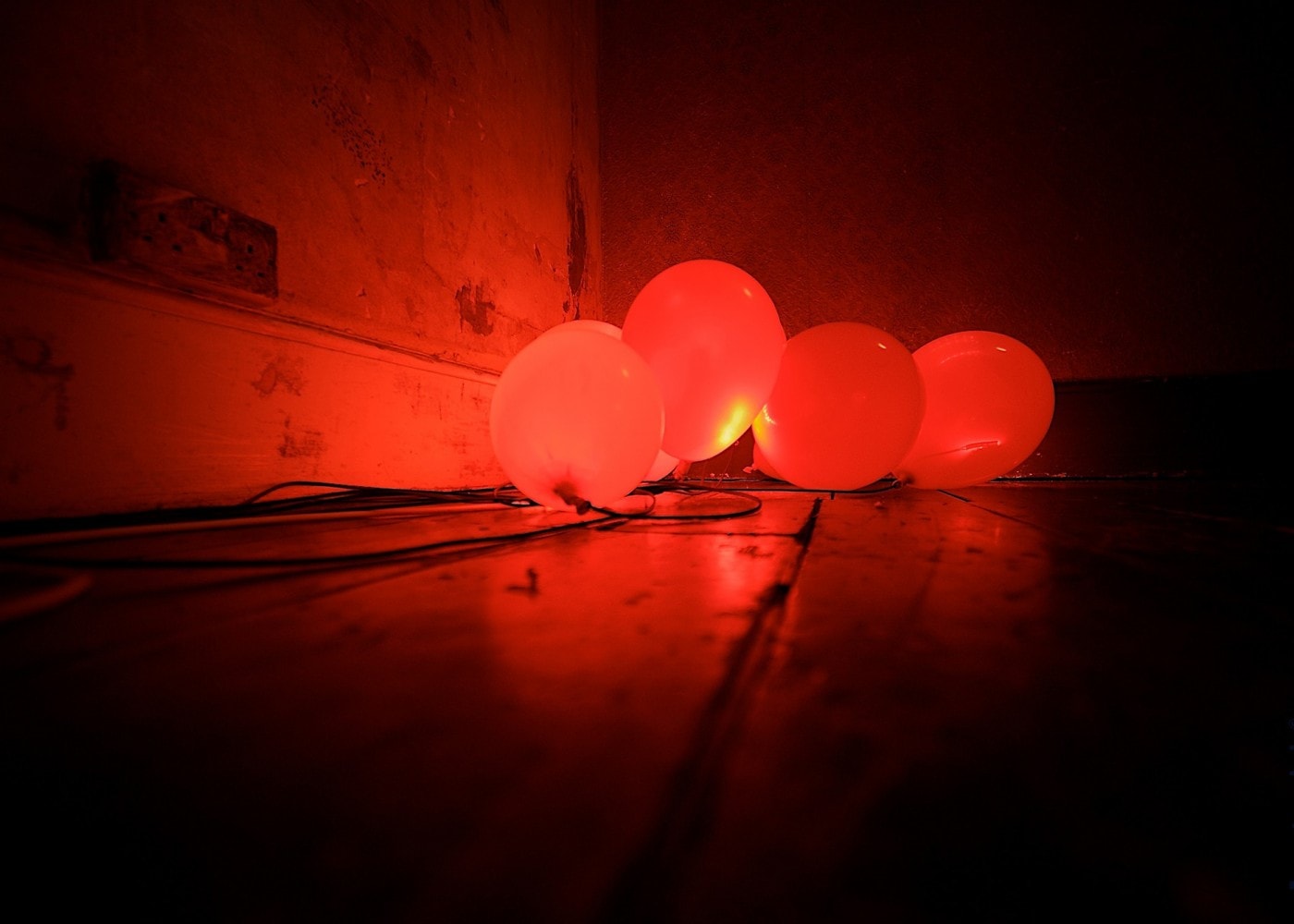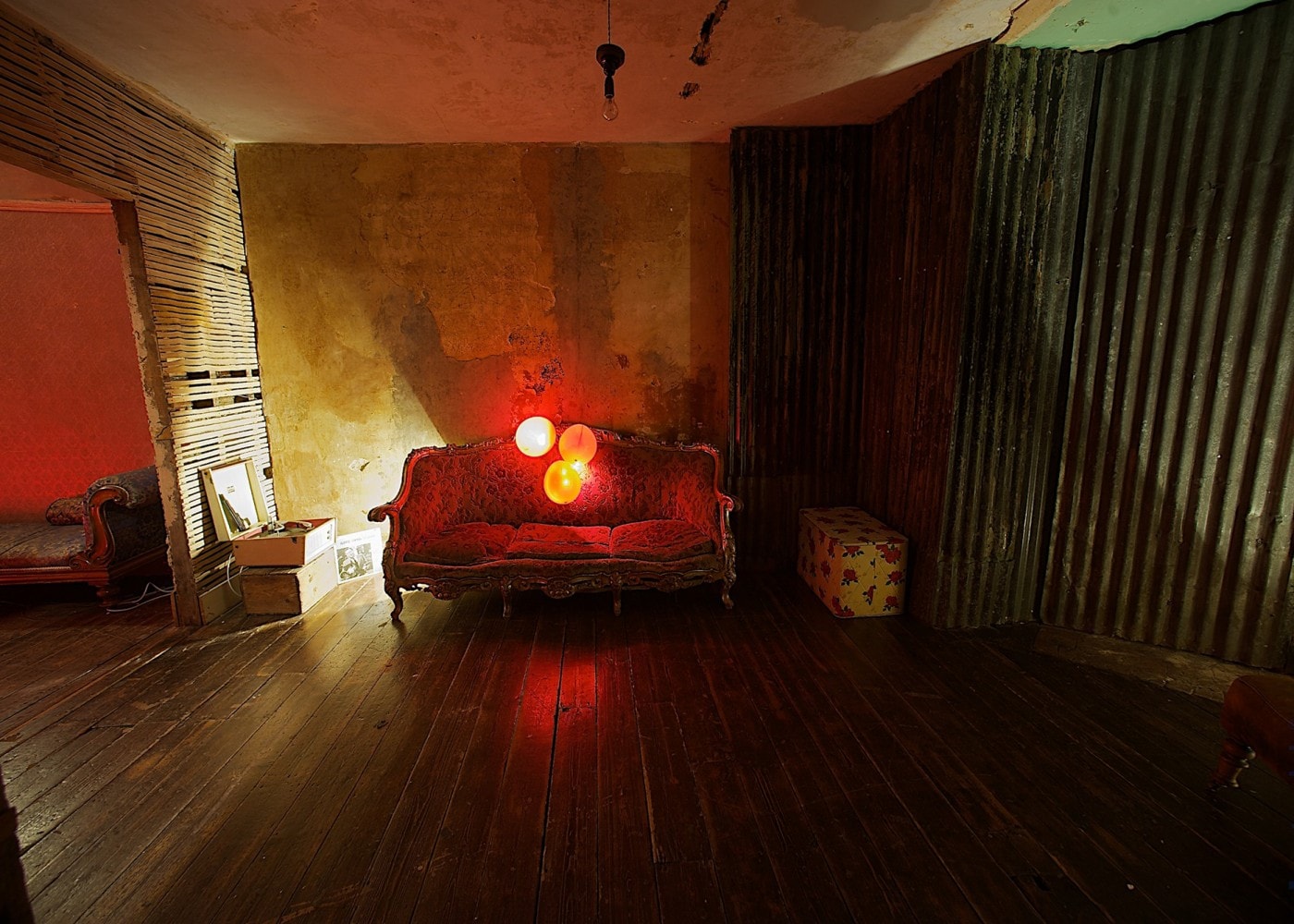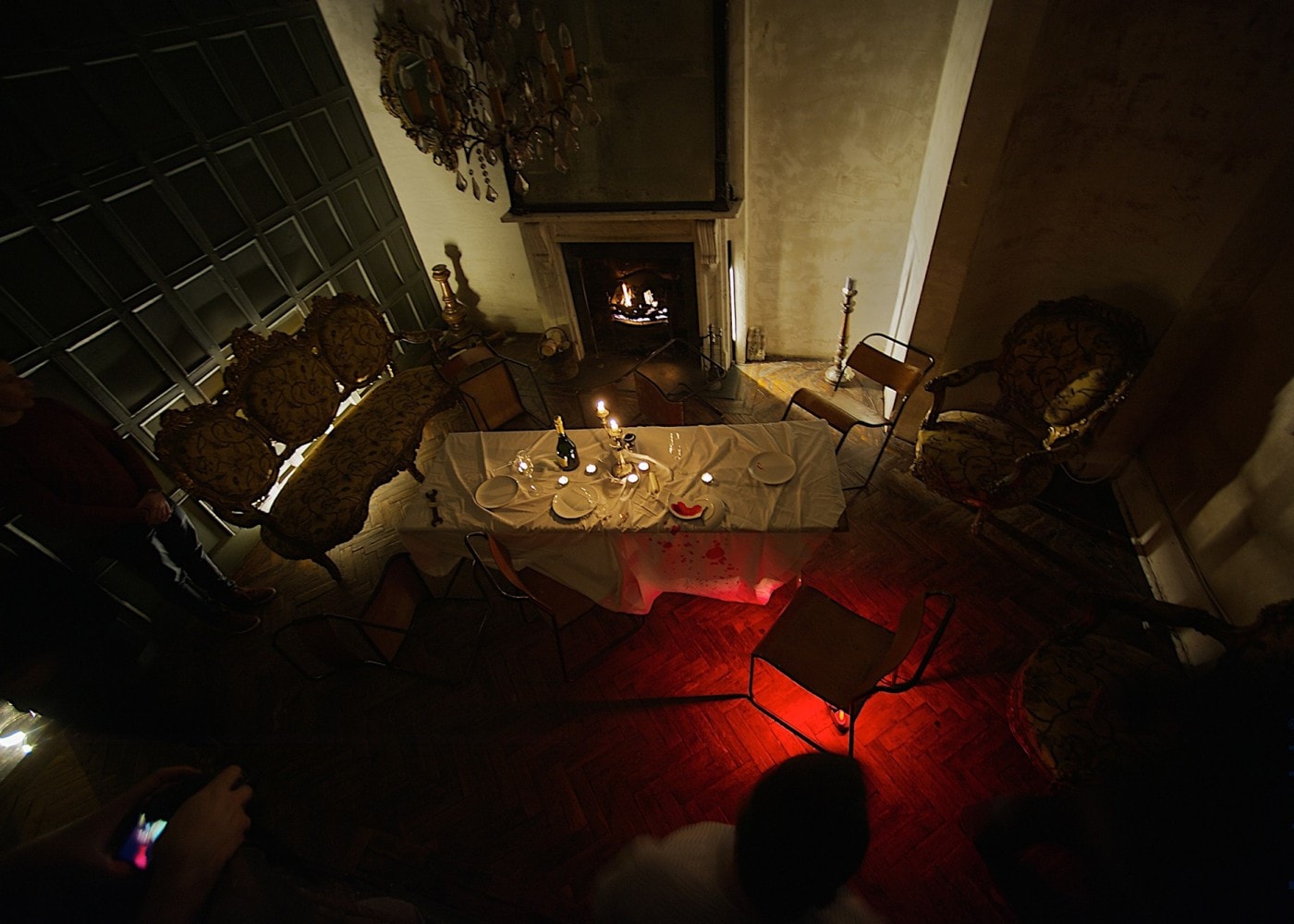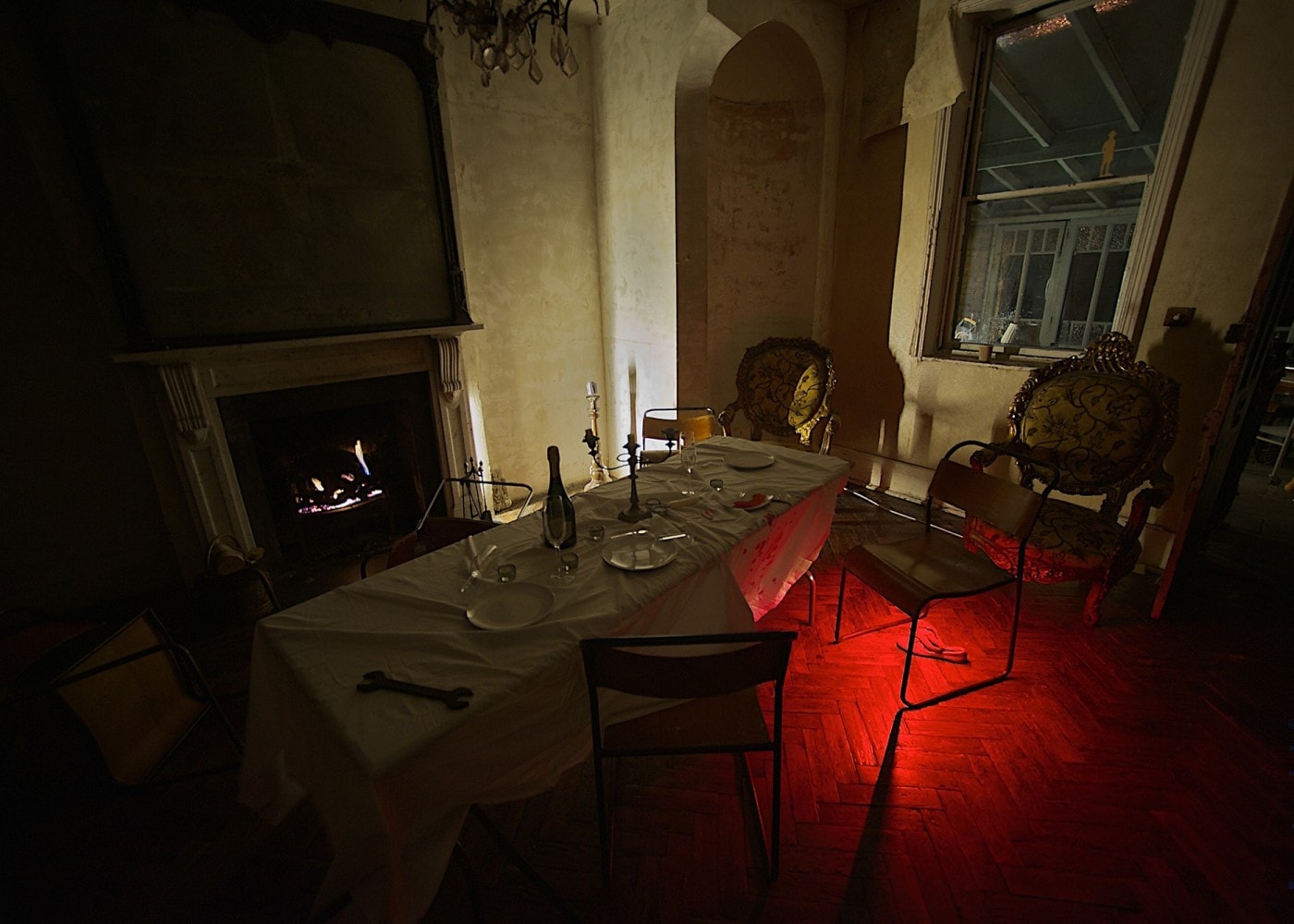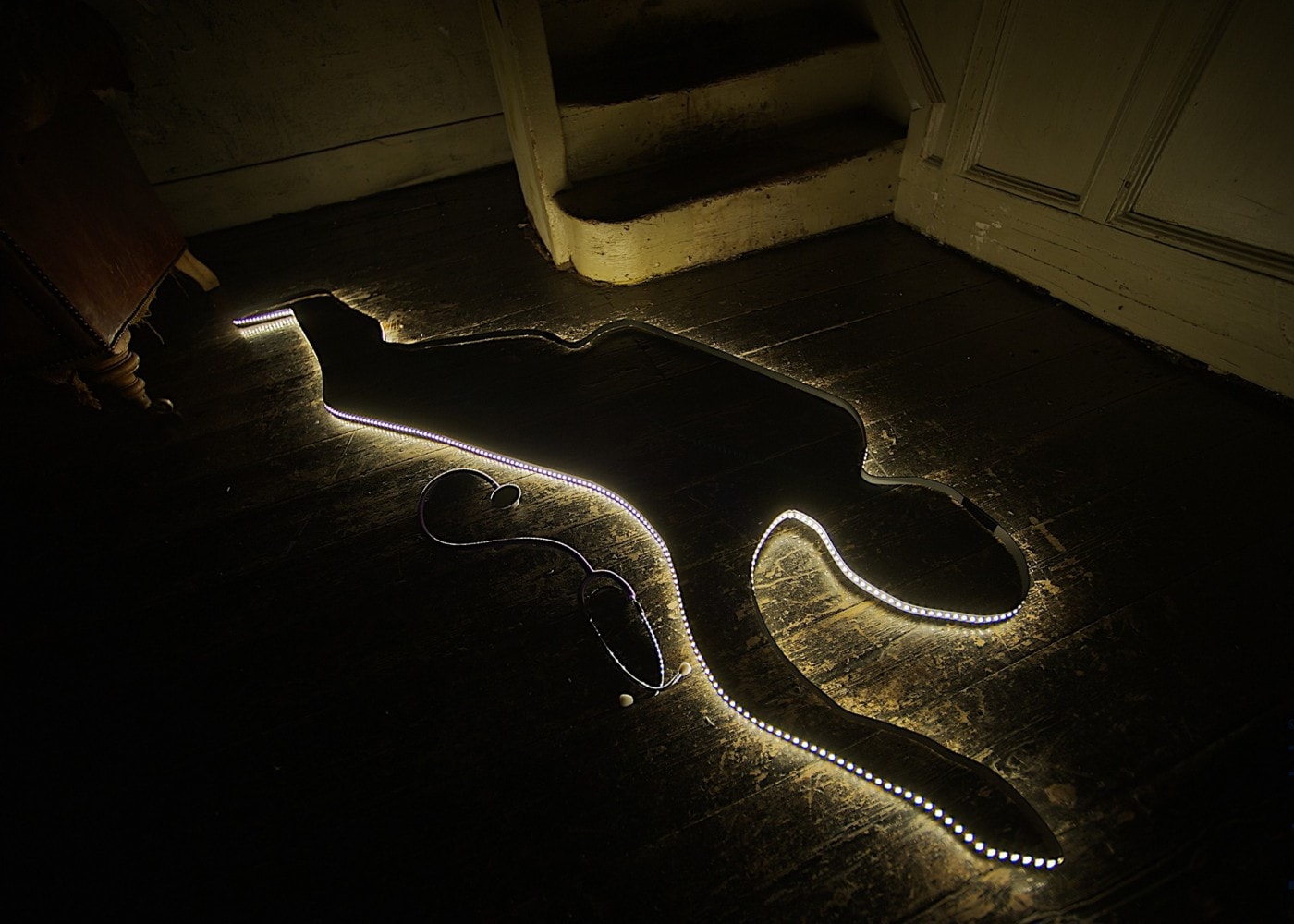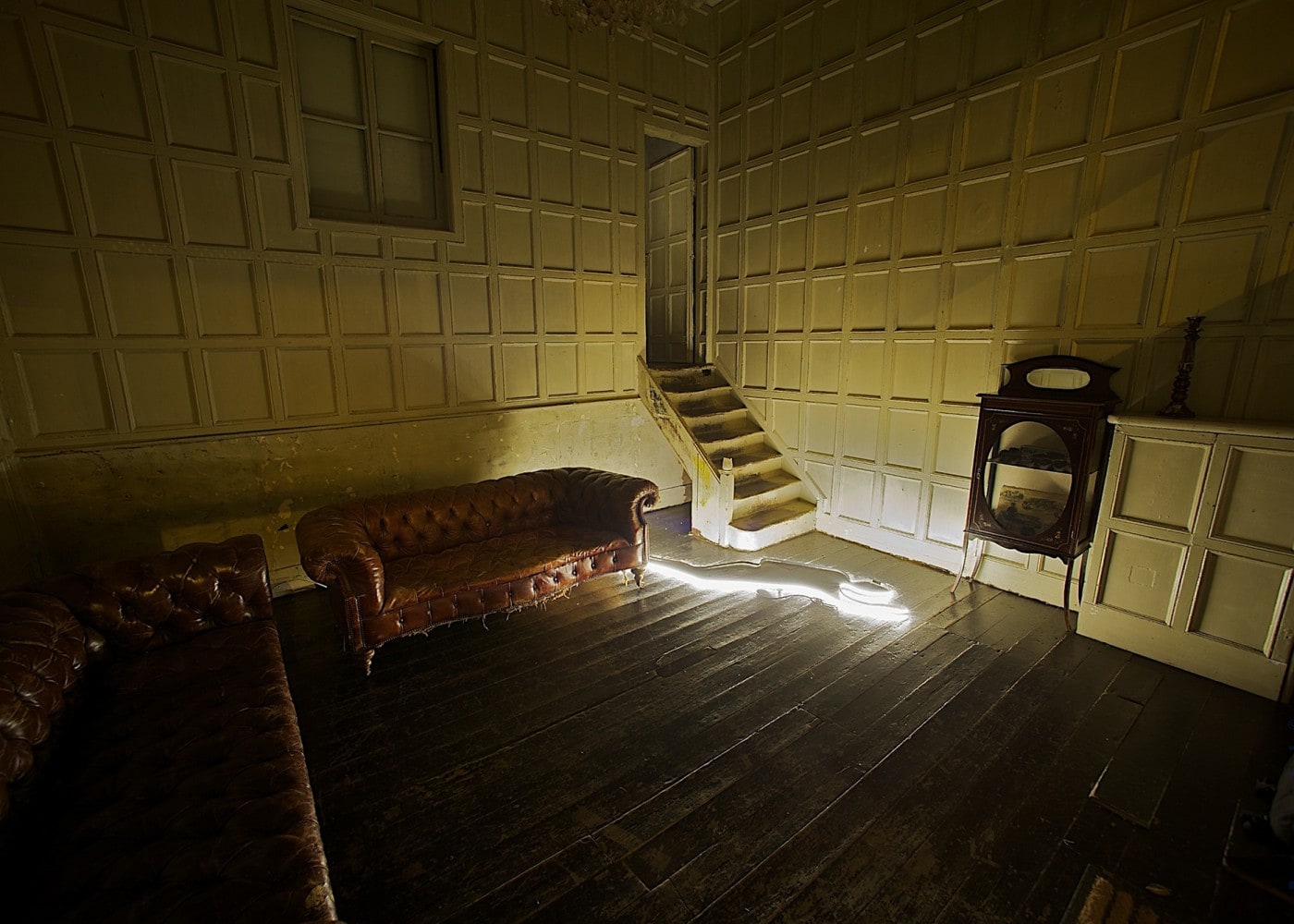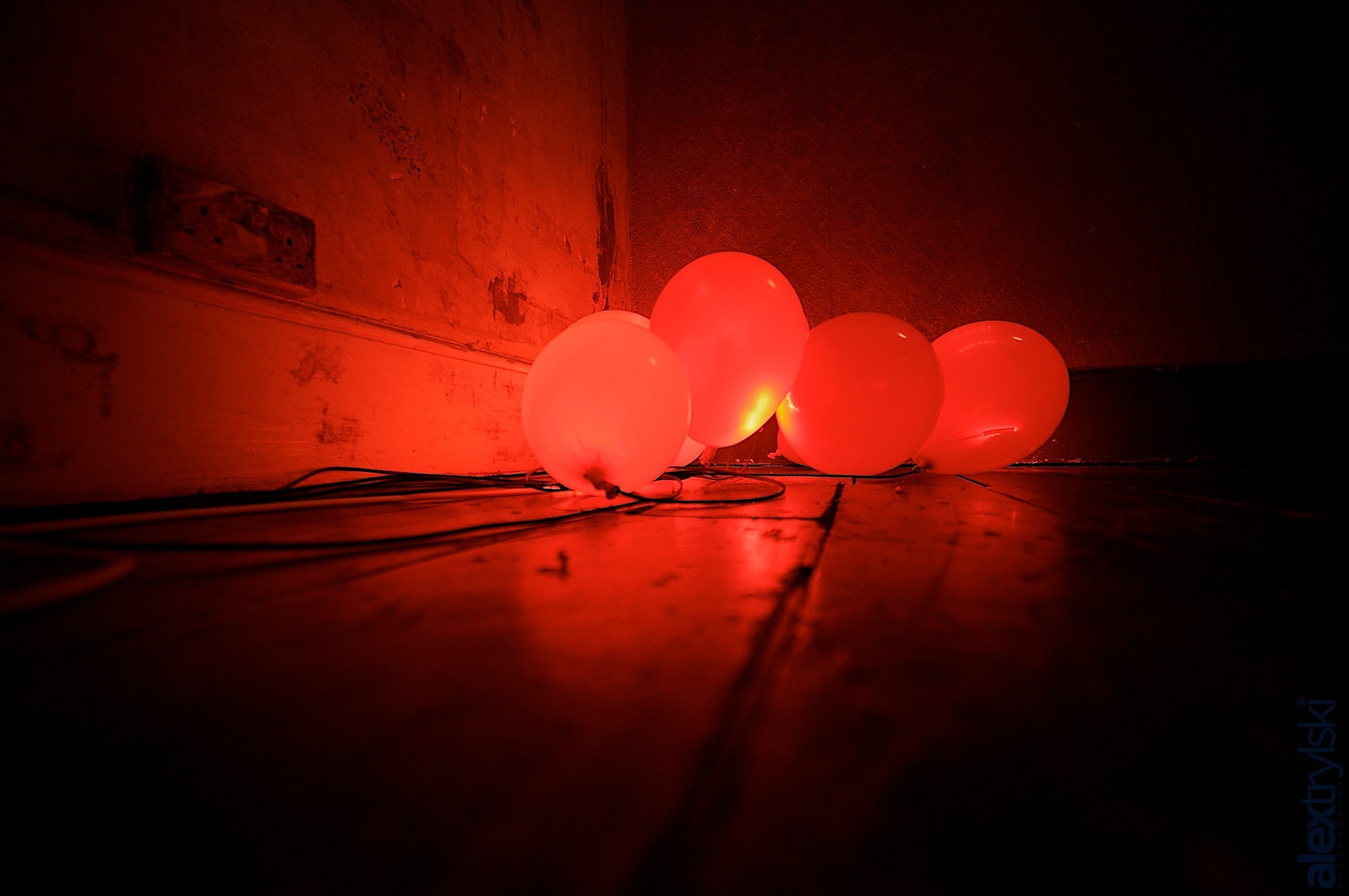LAPD invented the 100w challenge alongside the IALD. This event became a success within the lighting industry, involving 10 leading lighting design consultancies. The event ran in 2013 and 2014.
During an awards dinner one winter, Simon Thorp from LAPD and Emma Cogswell from the IALD discussed the possibility of an industry wide event that would promote the lighting design profession. Intended for the wider public and not just within the lighting industry, it had to raise awareness of the ability of lighting designers to use light creatively but also to substantially reduce energy.
To achieve all of this it seemed appropriate to use a domestic setting. People are familiar with the lighting in their homes from a functional, decorative and monetary perspective. Therefore, using a house for the event would create a familiar reference point to make comparisons with. Pendant lights, floor lamps and table lamps are a common way of lighting rooms within the home and most people are familiar with relating the wattage of a lamp to the brightness of a room. To limit the entire wattage of the house to 100w felt like a realistic but very demanding challenge.
The brief started to take shape. A significant criteria was that each room should be suitable for a domestic function. Therefore, its ability to support each room’s function would reveal the success of a design.
To establish levels of interest, the IALD approached suitable lighting design consultancies.
The Venue
The year before his conversation with Emma, Simon attended a Xicato Secret Dining experience. That took place in a house in East London used for filming and photoshoots. Called The House Next Door, it was perfect for the needs of this event.
The house oozed character from top to bottom. It had nooks and crannies, ledges, alcove and so plenty of opportunities to integrate lighting. There was an array of different textures throughout each room on walls, ceilings and floors.
The brief designated the function of the back room on the ground floor as the dining room. Its working fireplace allowed for the use of a limited number of tea lights, if they suited the scheme.
With the venue chosen, we needed suitable lighting products and equipment.
